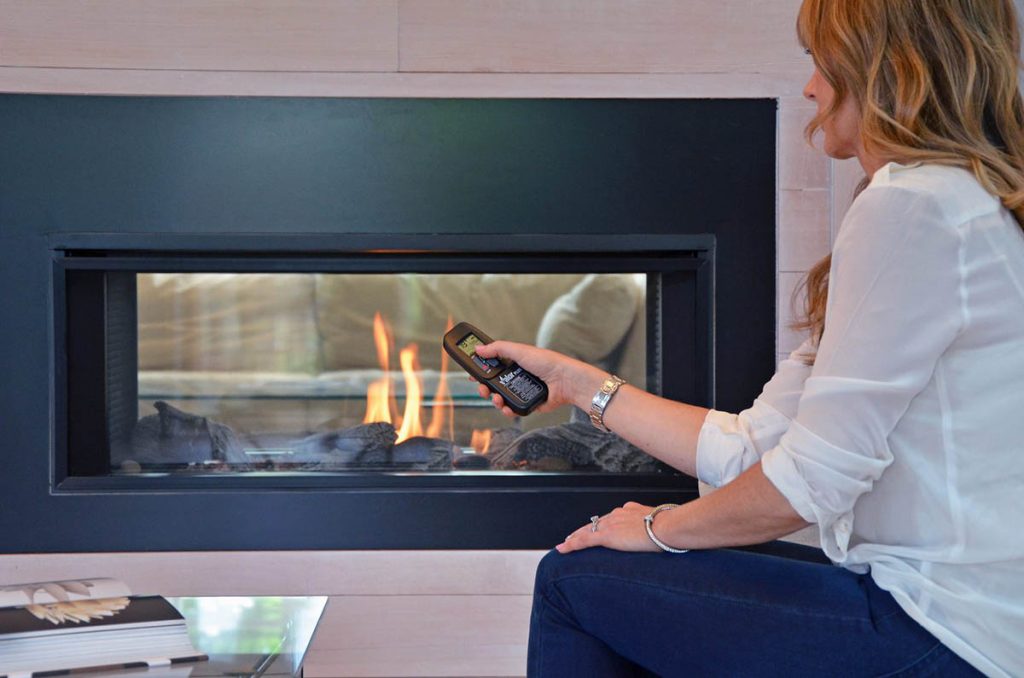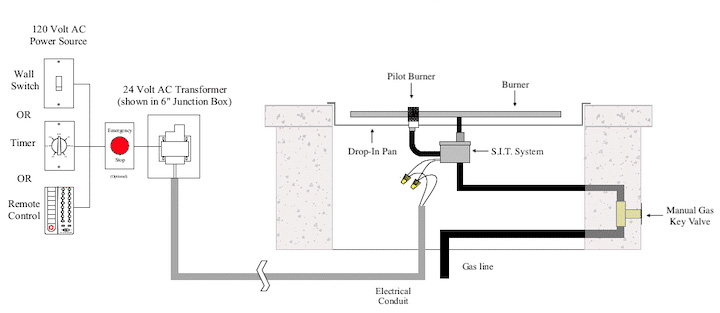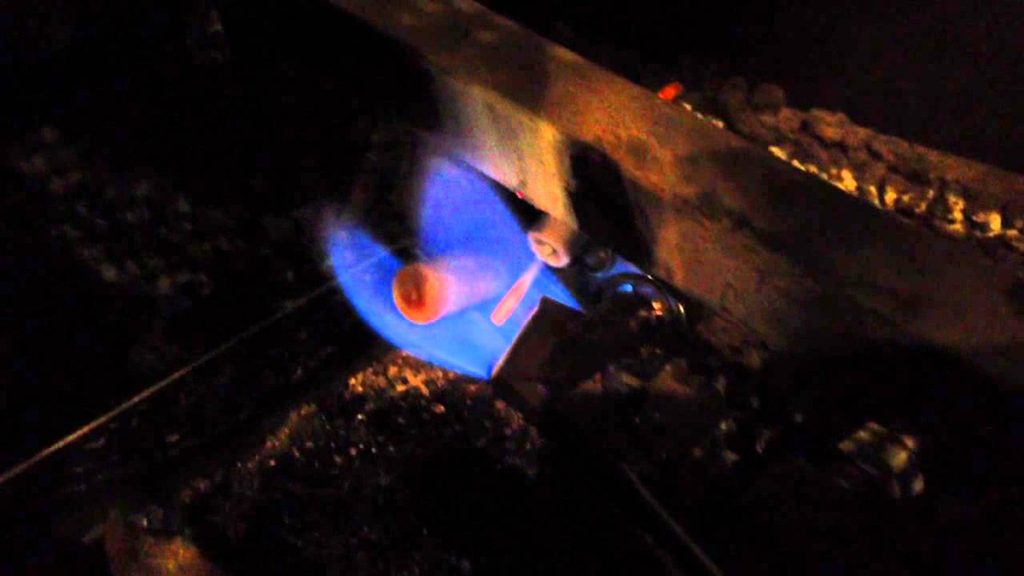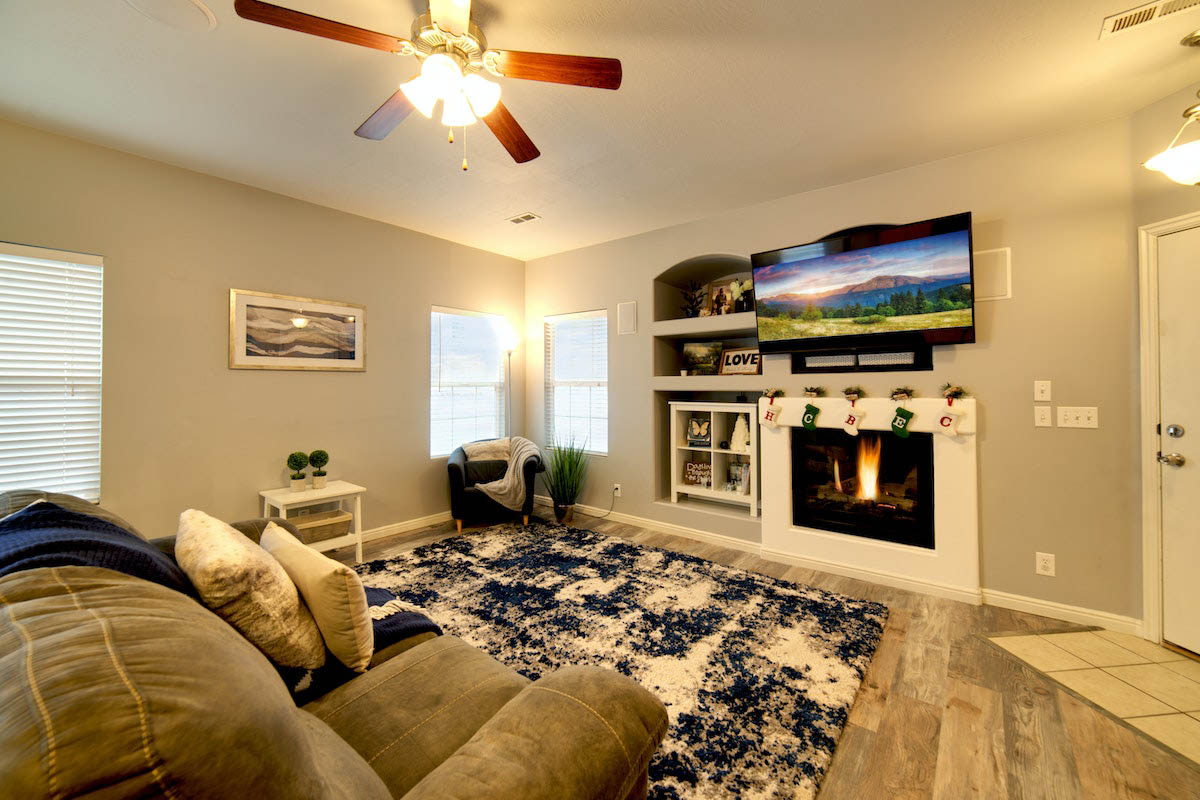Gas fireplaces can add warmth and ambiance to a home, but issues can arise when the pilot light is always on. This can lead to increased energy costs, potential damage to the fireplace, and even fire hazards.
This article will discuss the mechanics of a gas fireplace pilot light, why a constantly lit pilot light is a problem, troubleshooting steps, when to call a professional, and prevention tips.
By the end of this article, you will better understand how to ensure your gas fireplace is functioning safely and efficiently.
Explanation of gas fireplaces and pilot lights

Gas fireplaces are a popular and convenient way to heat homes and create a cozy atmosphere. They work by burning natural gas or propane, which produces heat and a flame that heats up the air in the room.
A standing pilot light is essential to most natural gas fireplaces, as it ensures that the gas is ignited safely and consistently.
The pilot light is a small flame that burns continuously, located near the burner assembly and connected to a gas flow control valve. It ignites the gas when the fireplace is turned on and remains lit to keep the gas flowing when it is not used. It also acts as a safety feature, shutting off the gas supply if the flame goes out, preventing gas leaks and potential fires.
Overall, most gas fireplaces and pilot lights are a convenient and efficient way to heat homes, but they require regular maintenance to ensure safe and proper functioning.
If you’re considering installing a gas fireplace, it’s crucial to have it installed by a licensed professional and to perform routine maintenance checks to ensure the safety and efficiency of your system.
Standing Pilot Gas Fireplace Ignition Systems

Standing pilot gas fireplace ignition systems use a continuous flame to start the gas when the fireplace is switched on, and are one type of gas fireplace ignition system.
The pilot light is always burning, keeping the flow of the gas flowing and ready to be ignited.
Standing pilot light systems are reliable and straightforward to operate, making them a popular choice for many homeowners. They are also relatively easy to maintain and repair, as the pilot flame is visible and accessible.
However, standing and pilot ignition systems are not as energy-efficient as other types of ignition systems because the pilot flame is always burning, even when the fireplace is not in use. This constant flame can waste gas and increase energy bills.
In recent years, many gas fireplaces have switched to electronic ignition systems, which are more energy-efficient and offer better temperature control.
Despite that, many homeowners still prefer and widely use standing pilot systems due to their ease of maintenance and reliability.
Want to remove your gas fireplace insert to replace it with a new one read How to Remove Gas Fireplace Insert.
How a Gas Fireplace Pilot Light Works
The pilot light in a gas fireplace is a critical component that plays a key role in ensuring the proper functioning and safety of the fireplace.
Homeowners who want to keep their gas fireplaces operating efficiently and safely need to understand the mechanics of how a gas fireplace pilot light works.
A gas fireplace pilot light is a small flame that burns continuously and is fueled by a small amount of gas that flows through a tube. It serves as an ignition source for the gas company or main burner and is usually located near the burner assembly, connected to a gas control valve.
The ignition flame must function properly for safety reasons. The pilot light is responsible for ensuring that the gas fireplace operates safely and efficiently.
If the ignition flame goes out or is not functioning correctly, gas can accumulate in the fireplace, which can create a dangerous situation.
Several factors can cause ignition flame issues, such as a clogged pilot orifice, a faulty thermocouple or thermopile, or a malfunctioning gas control valve.
Regular gas fireplace maintenance and pilot flame cleaning can prevent these problems and ensure that the pilot flame operates correctly.
Reasons Why Fireplace Pilot Light Always On is a Problem

The pilot light being always on can cause several problems, including safety concerns and reduced energy efficiency.
When the pilot light is always burning, it wastes gas and increases the cost of energy bills. Moreover, it can create a fire hazard if the pilot flame ignites flammable materials in the fireplace.
Additionally, a pilot light that won’t turn off can indicate a faulty gas control valve, which can pose a danger if not addressed promptly. Hence, it is crucial to troubleshoot and fix any issues with the remote control for the front gas line or fireplace pilot light to ensure safe and efficient operation.
Troubleshooting Guide To Get Your Gas Fireplace Burning Strong
If you’re having trouble with your standing pilot, you can take several troubleshooting steps.
Here’s a troubleshooting guide to help you get your gas fireplace burning strong:
- Check for gas supply: Make sure that the gas valve is open and the gas supply is connected.
- Inspect the pilot light: Check the pilot flame to make sure it is burning bright blue, steady, and strong. If the flame is weak or yellow, it may indicate a problem with the gas supply, dirty burner, or dirty pilot tube.
- Clean the pilot light and burner: Use a soft brush or compressed air to remove any dirt or debris that may be clogging the pilot light or burner.
- Check the thermocouple or thermopile: Make sure the thermocouple or thermopile is clean and properly positioned. A faulty thermocouple or thermopile can cause the ignition flame to go out.
- Test the gas control valve: If the pilot flame won’t stay lit, the gas control valve may be faulty. Test the valve by turning the fireplace off and on and checking for any gas leaks.
By following this troubleshooting guide, you can identify and fix any issues with your gas fireplace and ensure it burns strong and safely.
Pilot Light Issues
If your pilot light is constantly going out, there may be several reasons why. One common issue is a faulty thermocouple, a safety device that shuts off the gas supply if the pilot light goes out.
Another potential issue is a dirty or not turn off the pilot side light running orifice, which can cause the pilot flame to burn inefficiently or go out altogether.
Final Takeaways on Pilot Light Safety
Ensuring that your pilot light is functioning properly is essential for the safety of your home and family.
Here are some final takeaways on pilot flame safety:
- Regular maintenance is crucial: Gas fireplaces and pilot lights require regular maintenance to ensure safe and efficient functioning. Have your system inspected and serviced annually by a licensed professional.
- Pay attention to pilot light behavior: If the pilot light is flickering, yellow, or weak, it could be a sign of a problem with the gas supply or the pilot flame itself. Have it inspected and repaired as soon as possible.
- Keep the area around the fireplace clear: Make sure the area around the fireplace is clear of any flammable materials, such as curtains, furniture, or decorations.
- Install a carbon monoxide detector: Gas fireplaces can produce carbon monoxide, which can be dangerous if not properly ventilated. Install a carbon monoxide detector near your fireplace to alert you to any potential leaks.
- Consider upgrading to an electronic ignition system: Electronic ignition systems are more energy-efficient and offer better temperature control than standing pilot systems, making them a safer and more cost-effective choice in the long run.
By following these safety tips and staying aware of any potential issues with your gas fireplace pilot flame, you can enjoy the warmth and comfort of your fireplace with peace of mind.
Conclusion
Gas fireplaces provide a convenient and efficient heating option for homeowners, but issues with the pilot flame can lead to wasted energy and potential safety hazards.
By understanding how your gas fireplace pilot flame works and taking appropriate troubleshooting and maintenance steps, you can ensure your fireplace operates safely and efficiently.






